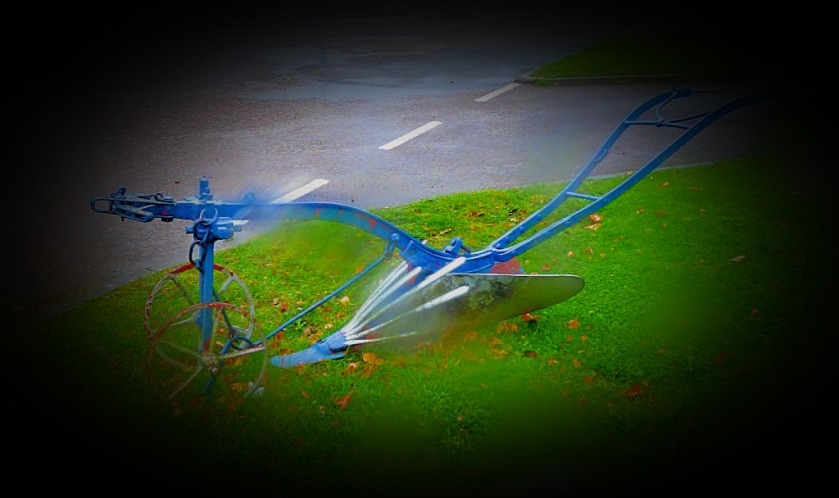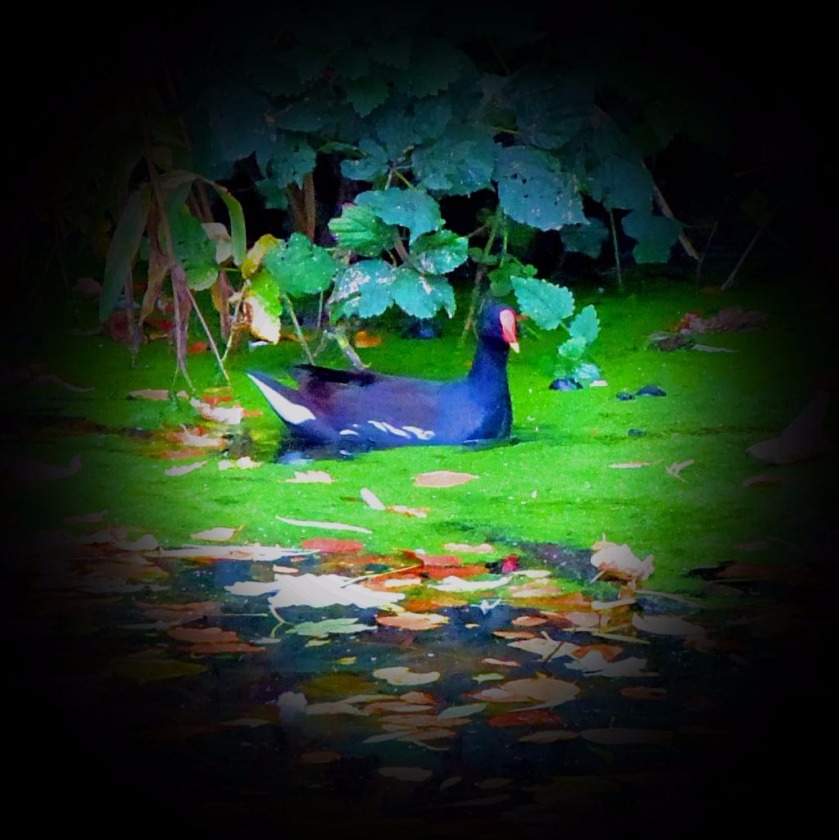INTRODUCTION
Unlike the original Ashes, which have been fought for since 1882, the Women’s Ashes is contested across multiple formats. The current scoring system awards two points for a win in a limited overs match, 1 for a no-result and 0 for a defeat, while the sole test match is worth four points.
A Classic Match
The first of three ODIs that the women will be contesting took place at the Allan Border Field in Brisbane. Australia won the toss and put England in to bat. Several England players got starts but none managed to build a really substantial score, Lauren Winfield leading the way with 48. A total of 228 off 50 overs did not look like it was good enough, and in the end it wasn’t.
Eng;land bowled better than they had batted, and at 87-4 Australia were looking distinctly shaky. Alex Hartley failed to hold a return catch offered by veteran Alex Blackwell when the latter had 35 to her name, and Australia were behind the rate, Talia McGrath having occupied 26 balls for a score of 7. This missed chance and some aggression from Ash Gardner (27 off 18) made the difference, Australia getting home in the final over with Blackwell unbeaten on 67.
A highlight of this match was the preponderance of quality spin bowling on show – in Gardner, Amanda-Jade Wellington and Jess Jonassen Australia had three high-class practitioners, while Hartley and the experienced Laura Marsh both bowled well for England.
More details and official reports here.
ON THE DISTINCTION BETWEEN ‘WOMEN’S ASHES’ AND ‘ASHES’
This applies across the board, and not just to cricket between England and Australia, but this seems a suitable place to mention this. I see the distinction between these categories as that between a restricted (“Women’s”) and an open category – if a woman is able to play alongside the men she should have the right to do so – the existence of Women only teams is an acknowledgement that few women could because the men are generally larger and stronger. Similarly if a disabled athlete happens to be performing comparably to their able-bodied counterparts they should be able to compete alongside them.
In terms of cricket I would expect that a woman who earned selection for ‘The Ashes’ as opposed ‘The Women’s Ashes’ would not be a specialist fast-bowler, but I could see spinners, wicket-keepers or batters earning selection.
PHOTOGRAPHS
Here are some recent photographs…
























